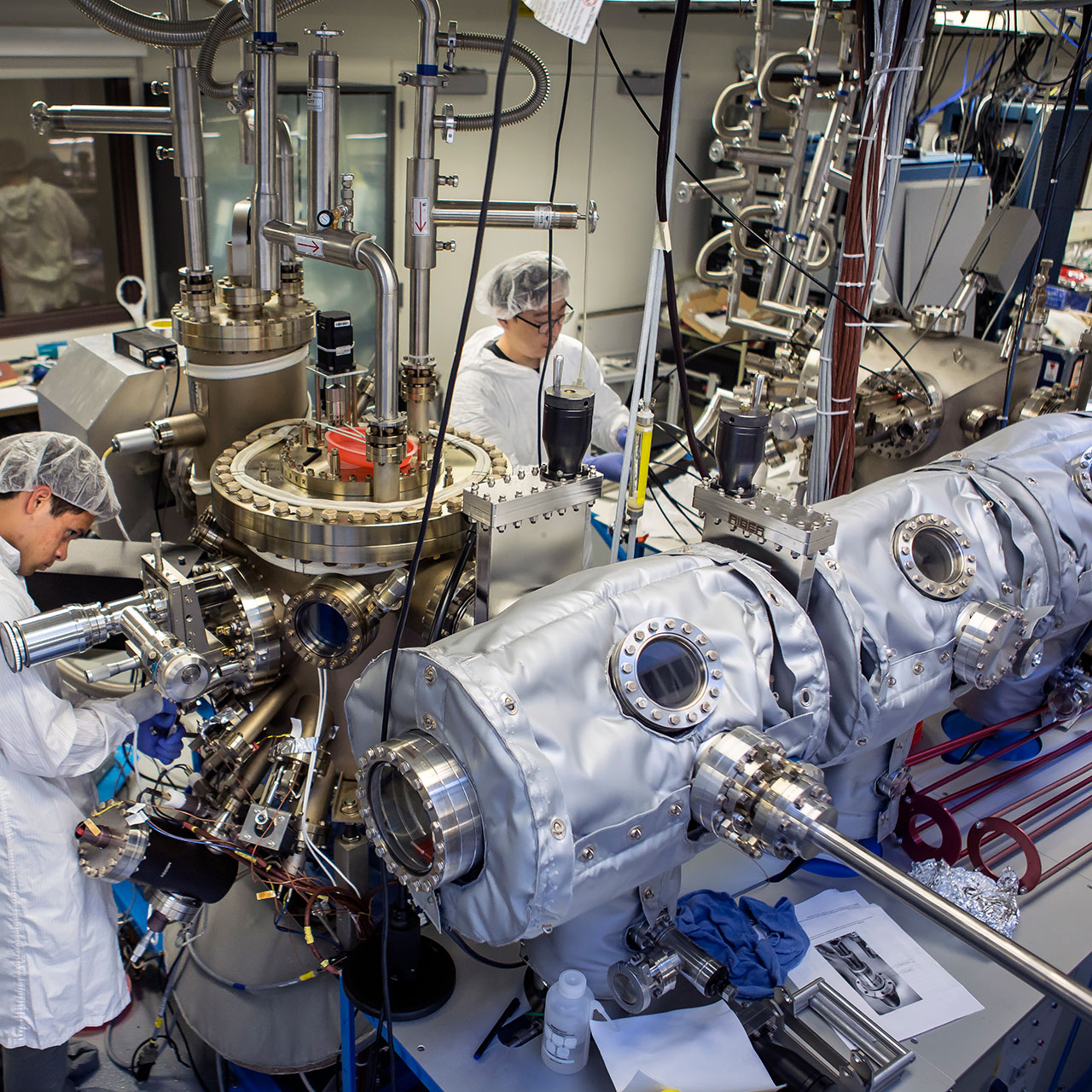
Material science has always been at the forefront of technological innovation, driving progress across various industries by introducing new materials with unprecedented properties. As we advance further into the 21st century, cutting-edge breakthroughs in material science are not only enhancing existing technologies but are also paving the way for entirely new applications. In this article, we will explore the latest advancements in material science and how these discoveries are revolutionizing multiple sectors, from electronics to healthcare.
1. The Rise of Smart Materials
Smart materials are one of the most exciting developments in material science. These materials have the ability to respond dynamically to external stimuli such as temperature, light, or pressure. For example, shape-memory alloys can return to their original shape after deformation when exposed to specific temperatures. These materials are finding applications in various fields, including robotics, aerospace, and even medical devices.
In robotics, smart materials enable the creation of more adaptable and flexible robots. These robots can change their shape or stiffness depending on the task, allowing for more versatile and efficient performance. In healthcare, smart materials are used in implants and prosthetics that can adjust to the body’s needs, improving patient comfort and functionality.
2. Advances in Nanotechnology
Nanotechnology is another area where material science is making significant strides. The ability to manipulate materials at the atomic and molecular levels has led to the creation of nanomaterials with extraordinary properties. For instance, carbon nanotubes are incredibly strong and lightweight, making them ideal for use in everything from aircraft to electronics.
In the field of electronics, nanotechnology is enabling the development of smaller, faster, and more efficient devices. Nanomaterials are also playing a crucial role in energy storage and conversion, such as in advanced batteries and solar cells. These advancements are not only improving performance but also contributing to more sustainable and eco-friendly technologies.
3. Breakthroughs in Composite Materials
Composite materials, which are made from two or more different materials, have seen remarkable advancements in recent years. These materials combine the best properties of their components to create products that are stronger, lighter, and more durable than traditional materials. For example, carbon-fiber composites are now widely used in the aerospace and automotive industries due to their high strength-to-weight ratio.
Recent developments in composite materials include the creation of self-healing composites that can repair themselves after damage. This innovation is particularly valuable in industries where safety and durability are critical. In the construction industry, advanced composites are being used to create more resilient structures that can withstand harsh environmental conditions.
4. Innovations in Biomaterials
Biomaterials are materials designed to interact with biological systems, and recent advancements in this field are revolutionizing medicine and healthcare. For example, the development of bioactive materials that can promote tissue regeneration and healing is leading to significant improvements in wound care and organ replacement therapies.
In addition, researchers are making strides in the creation of artificial organs and tissues using advanced biomaterials. These innovations hold the potential to address the shortage of organ donors and provide new treatment options for patients with chronic diseases. Moreover, biomaterials are being used in drug delivery systems to improve the efficacy and targeting of medications.
5. The Role of Sustainable Materials
As environmental concerns continue to grow, there is a strong push towards developing sustainable materials that reduce environmental impact. This includes the creation of biodegradable materials and the use of renewable resources in material production. For example, researchers are developing bio-based plastics that decompose more easily than traditional plastics, reducing waste and pollution.
Sustainable materials are also being used in construction and manufacturing to create greener and more energy-efficient products. Innovations such as recycled composite materials and eco-friendly coatings are contributing to a more sustainable future across various industries.
6. The Future of Material Science
The future of material science is promising, with ongoing research and development expected to bring even more groundbreaking discoveries. Emerging technologies such as artificial intelligence and machine learning are being used to accelerate the discovery of new materials and optimize their properties. These technologies enable researchers to analyze vast amounts of data and predict the performance of new materials with greater accuracy.
In addition, interdisciplinary collaboration is playing a crucial role in advancing material science. By combining expertise from fields such as chemistry, physics, and engineering, scientists are able to tackle complex challenges and develop innovative solutions.
Conclusion
Cutting-edge advances in material science are transforming industries by introducing new materials with extraordinary properties and applications. From smart materials and nanotechnology to composite materials and sustainable solutions, these discoveries are driving innovation and improving performance across various sectors. As research and development continue to push the boundaries of material science, we can expect even more exciting breakthroughs that will shape the future of technology and industry.

